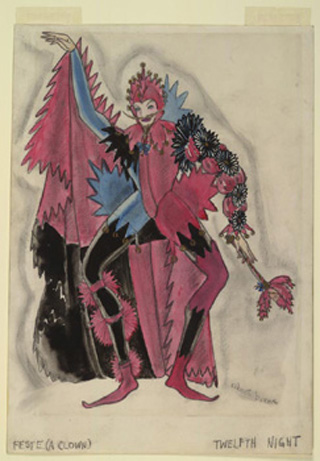Course Description
Explore where the prohibitions and permissions that occur in every day life come from, why they exist, and what gives them force. For example: food—you are only willing and able to eat a subset of the world’s edible substances. Marriage—some marriages are prohibited by law or by custom. This course addresses …
Explore where the prohibitions and permissions that occur in every day life come from, why they exist, and what gives them force. For example: food—you are only willing and able to eat a subset of the world’s edible substances. Marriage—some marriages are prohibited by law or by custom. This course addresses questions of prohibition and permission using psychological sources and literary works from ancient to modern. Texts include works by Shakespeare, Melville, Mary Rowlandson, and Anita Desai. Students give group and individual oral presentations.
Course Info
Instructors
Departments
Learning Resource Types
assignment
Written Assignments
assignment
Presentation Assignments

Costume design for Feste (the clown/fool) from Shakespeare’s Twelfth Night, created for the Federal Theatre Project under the Works Progress Administration. Graphite and watercolor by Robert Byrne (1935). (Image courtesy of the Library of Congress, Federal Theatre Project Collection, W.P.A. Transfer [159.7].)










